X-Ray Tetra Care for Beginners
For many new fishkeepers, the idea of keeping an aquarium feels exciting but intimidating. There’s a fear of making mistakes, losing fish, or getting lost in complex advice. If this sounds familiar, the X-Ray Tetra (Pristella maxillaris) might be the perfect first step. Known for their unique see-through bodies and calm personalities, X-Ray Tetras are hardy, peaceful, and forgiving of beginner errors.
This guide will walk you through everything you need to know about X-Ray Tetra care for beginners — from choosing healthy fish at the store to creating a stable, stress-free tank that both you and your fish can enjoy.
How to Choose a Healthy X-Ray Tetra at the Store?
Healthy X-Ray Tetras are lively and display their best colors when conditions are right. When you’re selecting them, take a few minutes to observe the tank:
- Color and Appearance: Their bodies should look clear and glasslike, with no cloudy patches. Look for the signature golden tint near the gill area and black-and-yellow stripes on the fins.
- Behavior: They should be swimming confidently in groups, not hiding or hovering motionless.
- Fins: Fins should be fully open and intact, not clamped or frayed.
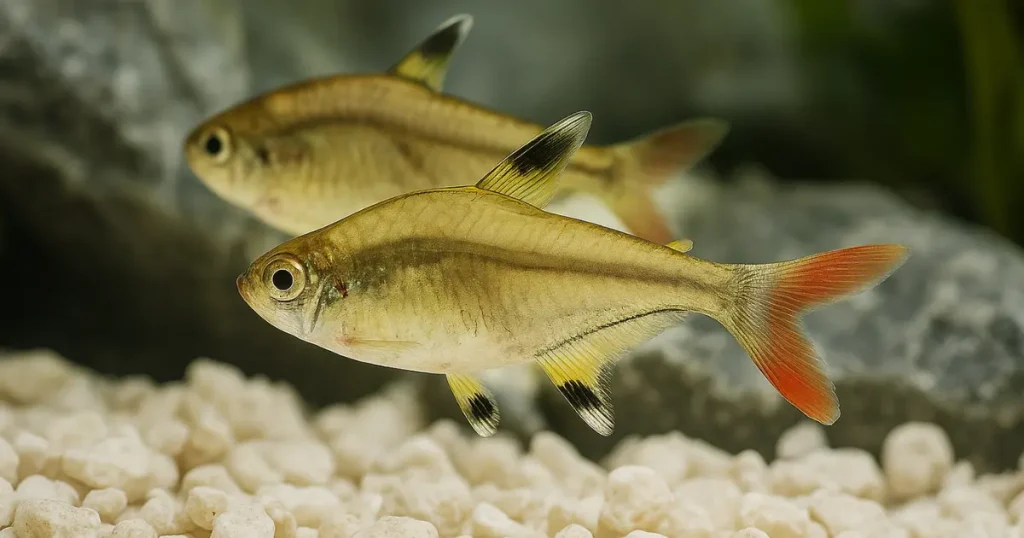
Red Flags (Don’t Buy If You See These)
- White spots (sign of ich disease).
- Fish gasping at the surface.
- Clamped fins held tightly to the body.
- Lethargy or hiding alone instead of schooling.
Healthy X-Ray Tetras look curious, alert, and active without darting frantically.
Tank Setup Requirements
X-Ray Tetras are adaptable, but they thrive in a stable, comfortable home.
- Minimum Tank Size: A 15–20 gallon tank works for a small school (6–8 fish). Bigger is always better for stability and activity.
- Tank Shape: Choose a long, horizontal tank to give them room to swim together.
- Water Temperature: 72–80°F (22–27°C).
- pH: Neutral range, ideally 6.5–7.5.
- Water Hardness: Soft to moderately hard water is fine.
- Flow: Gentle to moderate. They appreciate a bit of current but not a strong blast.
What are the Ideal Tankmates for X-ray Tetras?
X-Ray Tetras are peaceful community fish and get along with many other gentle species.
Good Tankmates:
- Other small schooling fish (tetras, rasboras, danios).
- Livebearers like guppies and platies.
- Peaceful bottom dwellers (corydoras, kuhli loaches).
- Snails and shrimp (large shrimp are safest).
Tankmates to Avoid:
- Aggressive cichlids.
- Fin-nippers (like tiger barbs).
- Large predatory fish that might see them as food.
Filtration, Plants, and Lighting
- Filtration: A sponge filter or small hang-on-back filter works well. The goal is clean water with gentle circulation.
- Plants: X-Ray Tetras feel secure with live or silk plants around the edges of the tank. Floating plants can provide shaded areas.
- Lighting: Moderate lighting is best. Too bright and they may hide; too dim and plants may struggle.
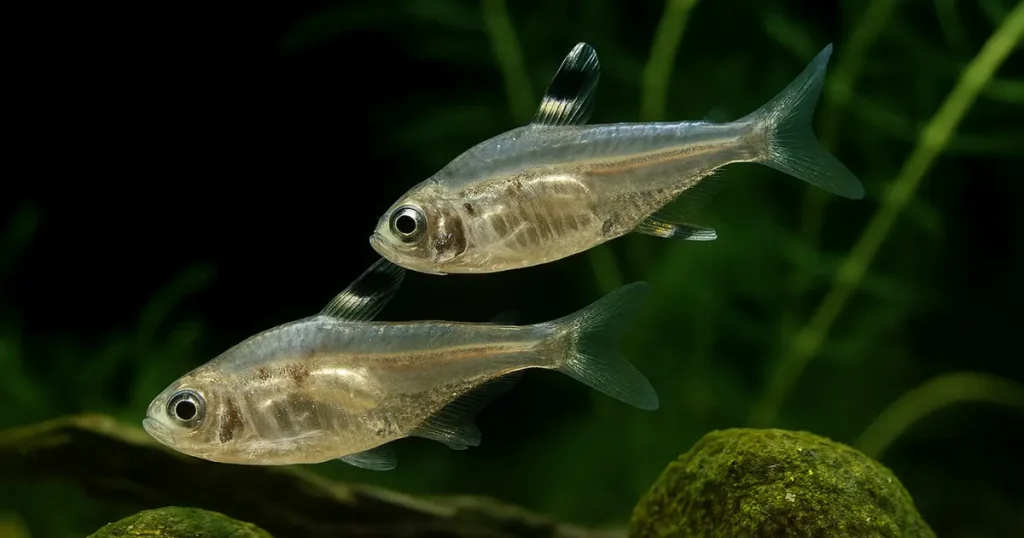
Feeding X-Ray Tetras
These tetras are omnivores, which makes feeding simple.
- Preferred Foods: High-quality flake or micro-pellet food, supplemented with frozen or live brine shrimp, daphnia, or bloodworms.
- Feeding Frequency: 1–2 times daily, only as much as they can finish in 2–3 minutes.
Beginner Tip: Overfeeding is one of the fastest ways to create water problems. Less is more.
Behavior and Temperament
X-Ray Tetras are:
- Peaceful: Rarely aggressive, even in community tanks.
- Active: Constantly swimming, exploring, and interacting.
- Schooling: Happiest in groups of at least 6–8. The larger the group, the more confident they become.
- Hardy: They adapt well to a variety of tank setups, making them perfect for new aquarists.
They are not shy once settled and will spend much of their time mid-level in the tank, creating gentle movement that is calming to watch.
Special Traits
Their transparent bodies make them one of the most unique freshwater fish available. You can literally see their bones and internal organs, giving them the nickname “glass fish.” They also have striking black-and-yellow fin markings that look especially beautiful under soft lighting.
Another charming trait: X-Ray Tetras often move together in a tight school, turning in unison like a living wave. For stressed adults looking for peace, this natural rhythm can feel almost meditative.
Best Care Tips to Reduce Stress
For your fish and for yourself, keep the routine simple and consistent:
- Perform small weekly water changes (25–30%).
- Avoid sudden temperature or pH changes.
- Keep them in groups so they don’t feel vulnerable.
- Provide plants and hiding spots for security.
The calmer and more stable the tank, the healthier your fish — and the more relaxing it is for you to enjoy.
Low-Maintenance Care Advice
X-Ray Tetras are forgiving, but they’ll thrive if you:
- Test water once a week to ensure it’s stable.
- Feed sparingly but consistently.
- Clean filters gently without removing all beneficial bacteria.
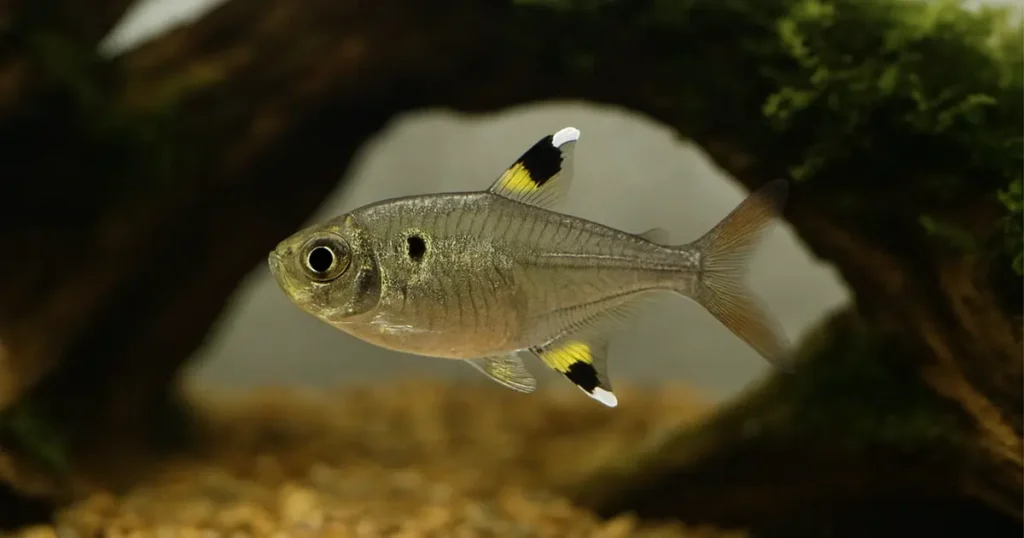
Ideal Tank Vibes
For the most peaceful viewing experience:
- Use soft or dim lighting with floating plants.
- Add natural décor like driftwood or smooth stones.
- Keep the background darker so their clear bodies and bright fins stand out.
This creates a calm, riverbank-like feel — soothing for both fish and fishkeeper.
Backup Plans for Busy Schedules
Life gets busy, but your aquarium doesn’t have to add stress.
- Automatic feeders can dispense small meals daily while you’re away.
- Vacation feeding blocks work for shorter trips.
- Auto-top-off systems can help keep water levels stable if you travel often.
Having these in place ensures your tetras stay happy even when you’re not around.
Common Issues and How to Avoid Them
- Ich (white spot disease): Avoid by quarantining new fish and keeping water stable.
- Fin rot: Usually from poor water or fin-nipping tankmates. Keep fins safe by avoiding aggressive fish.
- Stress from small groups: Always keep at least 6–8. Too few leads to hiding and illness.
Beginner Mistakes
- Overcrowding: Too many fish = stress and poor water quality.
- Skipping water changes: Even hardy fish need clean water.
- Overfeeding: More food means more waste, and clear water becomes cloudy fast.
X-Ray Tetras are one of the best aquarium fish for beginners — hardy, forgiving, and endlessly fascinating to watch. Their see-through bodies and peaceful schooling behavior bring a unique beauty to small community tanks. More importantly, their resilience gives beginners the confidence that they can succeed in fishkeeping without feeling overwhelmed.
With consistent routines, a small school, and a stable tank, your X-Ray Tetras will not only thrive but also help turn your aquarium into a calming escape from daily stress.


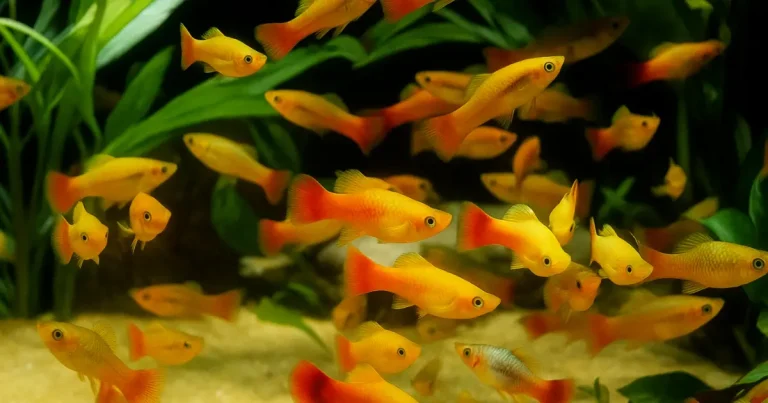
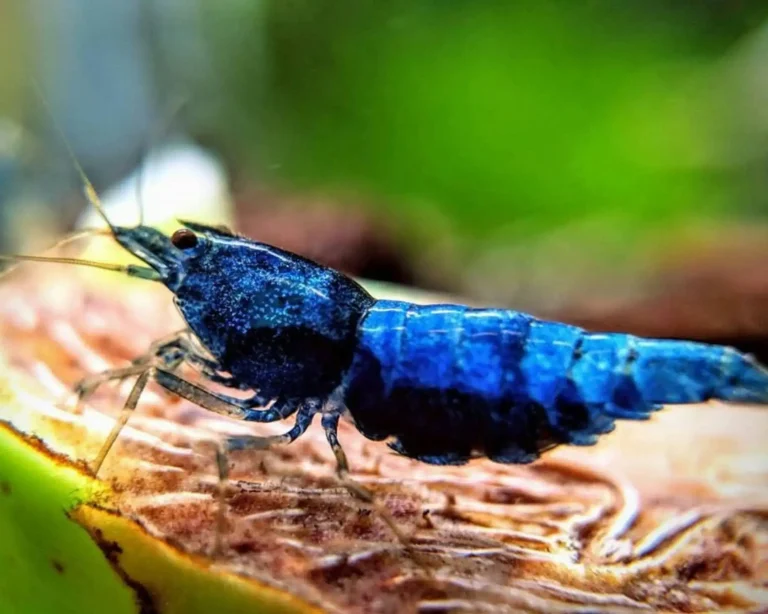
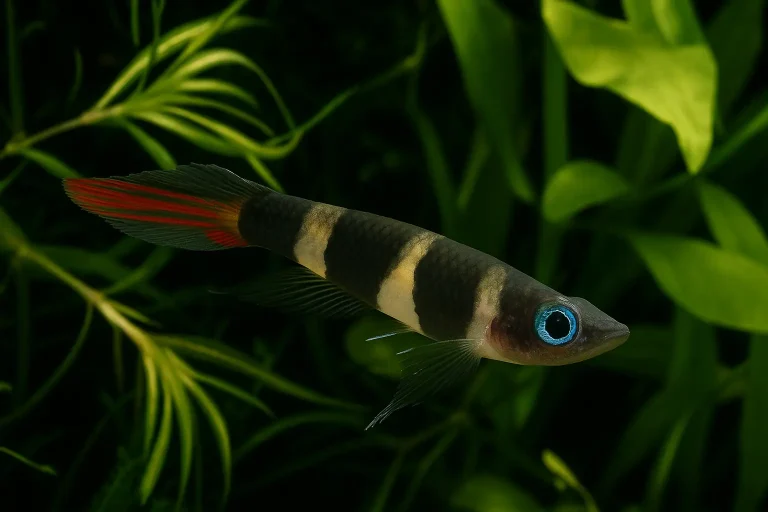
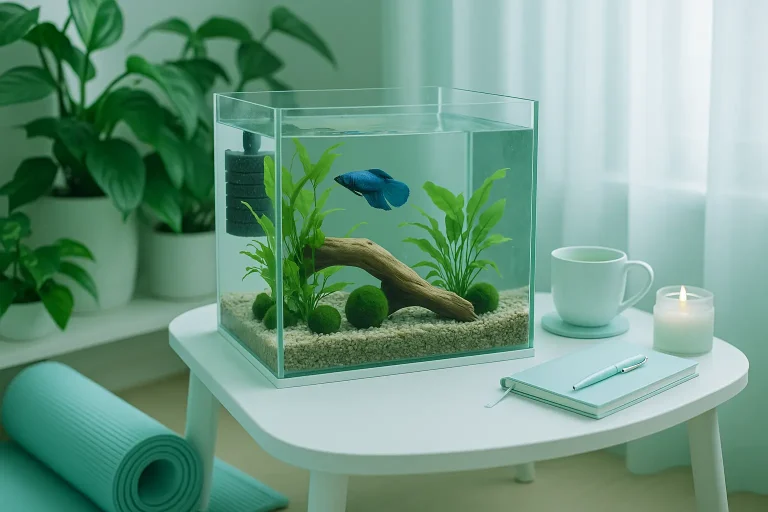
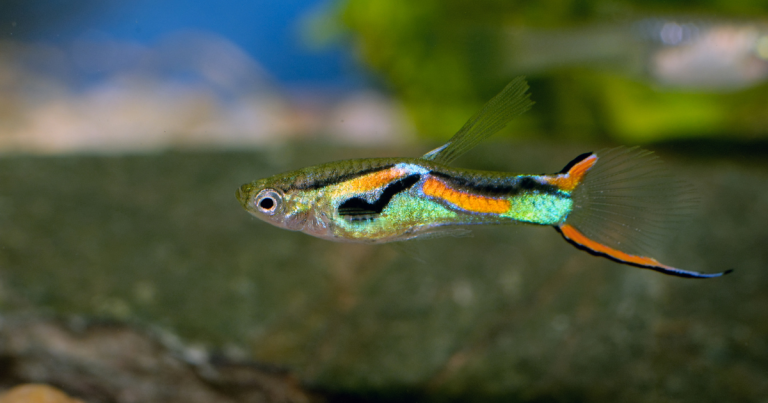
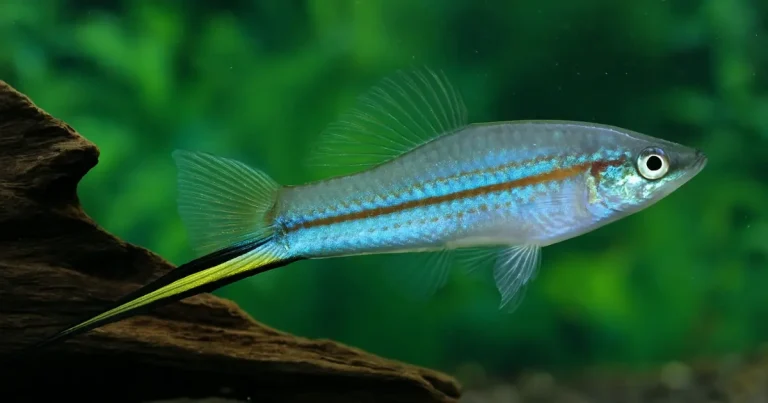
Leave a Reply